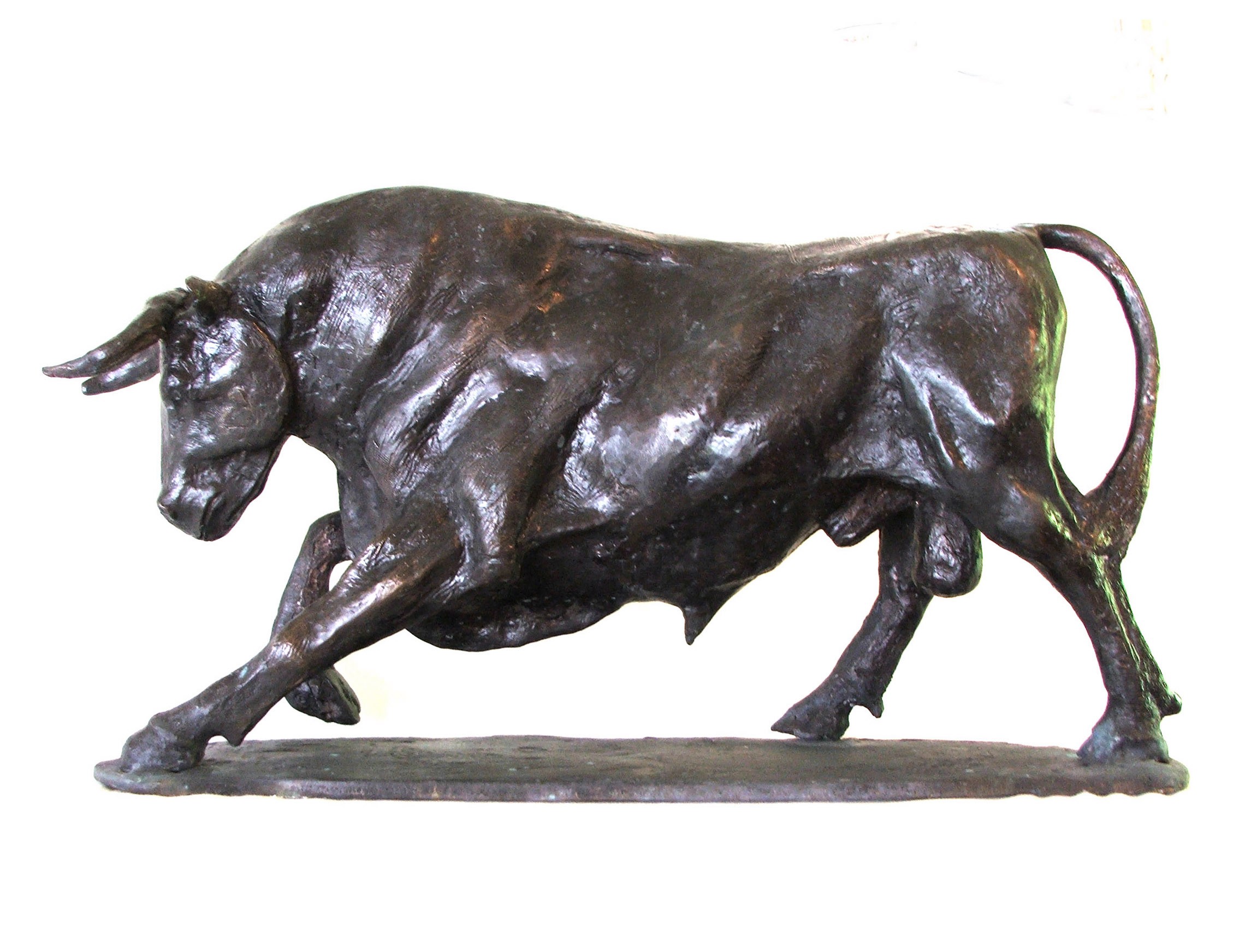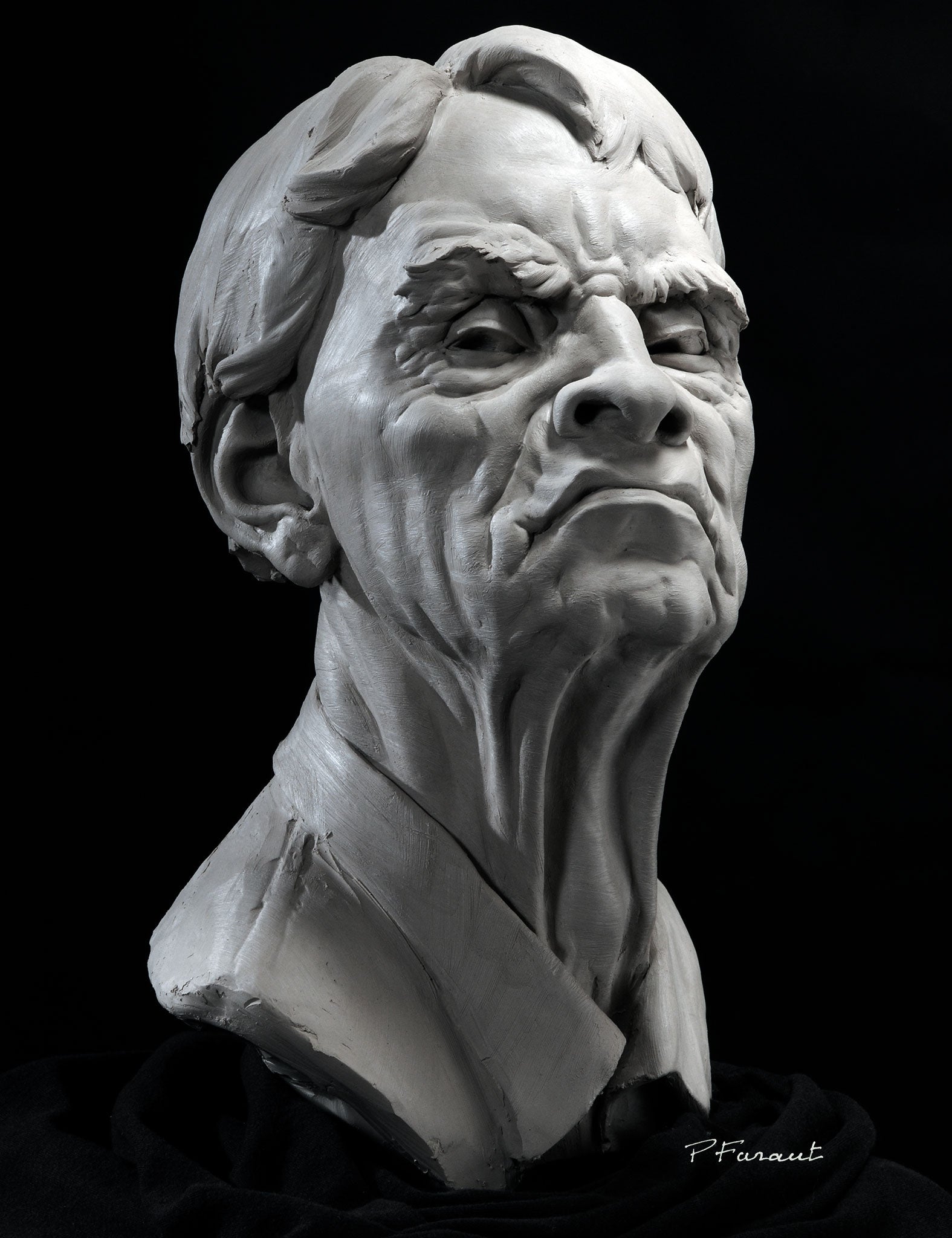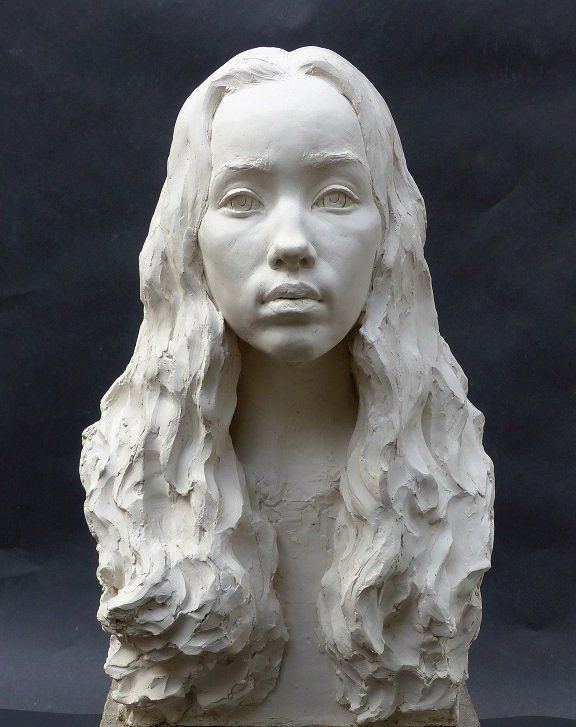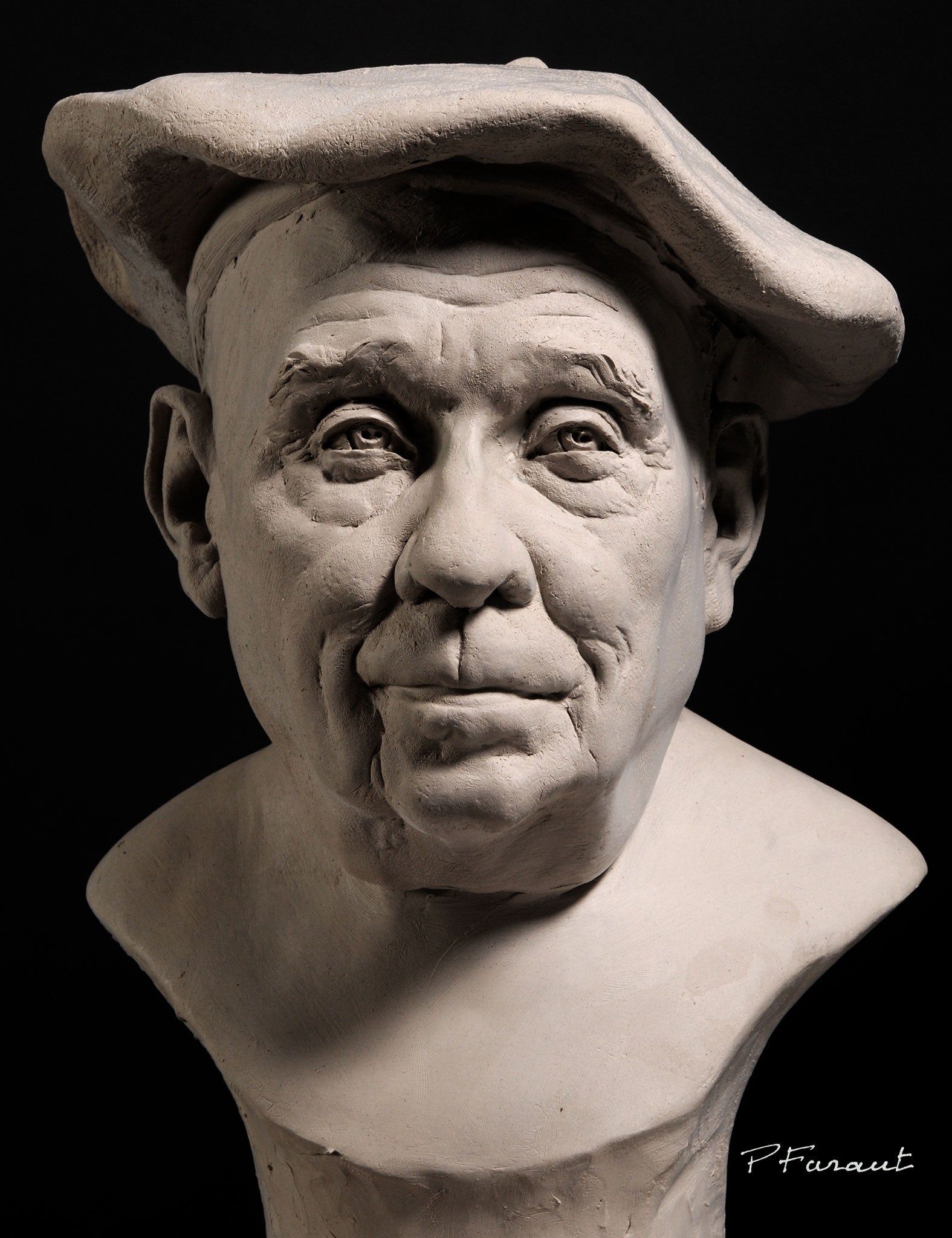The Development of Sculptures: From Old to Modern
The Development of Sculptures: From Ancient to Modern. Robert C Hitchcock Sculptor.
Sculpture, among the earliest forms of art, has actually been an important component of human world for millennia. From the ancient people of Egypt and Greece to the modern-day period, sculptures have developed, mirroring changes in artistic strategies, products, and social influences. This journey through time traces the advancement of sculptures, exploring the shifts stylishly, subject issue, and creative expression.
Starting with the ancient globe, sculptures crafted from rock and later bronze caught the significance of deities, rulers, and everyday life. The Renaissance period saw a revival of classical sculpting methods, as musicians looked for to mimic the graceful forms of ancient Greek and Roman sculptures (Contemporary Sculptures). In the contemporary era, musicians tested typical limits, embracing abstraction and trial and error with new products
This exploration will certainly dig right into the diverse advancement of sculptures, exposing the rich tapestry of creative expression across different durations and cultures.

Ancient Sculptures: From Stone to Bronze
Old sculptures transitioned from being carved out of rock to being cast in bronze. This shift marked a considerable evolution in the art of sculpture, permitting for higher refinement and information in the finished jobs. Stone sculptures, while remarkable in their own right, were restricted by the nature of the product. Stone needed extensive forming and sculpting, typically leading to an extra streamlined representation of the subject.
The introduction of bronze as a medium for sculptures produced a change in imaginative expression. Bronze supplied sculptors the opportunity to create elaborate and realistic kinds that were not feasible with rock. The procedure of casting bronze permitted the production of numerous duplicates of a sculpture, making it possible for wider distribution and preservation of these artistic masterpieces.
The transition from stone to bronze also saw a shift in the topic of sculptures. While stone sculptures primarily shown gods, sirens, and mythical numbers, bronze sculptures started to reflect a broader series of subjects, consisting of daily individuals and pets. This development of topic showcased the versatility and versatility of the bronze tool.
Renaissance Rebirth: Sculpting in the Classical Style
The Renaissance resurgence of sculpture observed a revival in the classic style, building upon the advancements made during the change from rock to bronze in old sculptures. Throughout this duration, artists looked for to recreate the classic aesthetic and ideals of elegance that were widespread in ancient Greek and Roman sculptures.
Among the essential attributes of the Renaissance revival was the focus on naturalism and the human kind. Carvers like Donatello and Michelangelo strove to capture the physiological details and expressions of their topics with extraordinary precision. They studied the body and integrated their observations right into their sculptures, leading to sensible and lifelike depictions.
Another vital element of the Renaissance revival was the expedition of point of view and deepness. Artists used strategies such as contrapposto, where the weight of the body is moved away, producing a sense of movement and dynamism. They likewise try out different products, consisting of marble and bronze, to achieve a level of sophistication and intricacy in their sculptures.

Innovation and the Avant-Garde: Breaking Traditional Boundaries
Throughout the Modernism and Avant-Garde motions, sculptors pressed the borders of standard artistic conventions. This duration, which emerged in the late 19th and very early 20th centuries, saw a remarkable shift in the way artists came close to sculpture. Turning down the notion of art as plain imitation, modernist artists looked for to discover new types, materials, and principles.
Among the vital characteristics of modernist sculpture was the focus on abstraction. Artists moved away from reasonable representations and rather concentrated on catching the essence of the topic via streamlined kinds and geometric forms. This departure from conventional representation enabled musicians to share their feelings and concepts in a more personal and subjective way.

Contemporary Sculptures: Exploring New Materials and Concepts
With a concentrate on checking out brand-new products and concepts, modern sculptures have actually revolutionized the area of art. Artists today are pressing the boundaries of standard sculpture by utilizing ingenious products and experimenting with abstract principles. These sculptures test standard notions of materiality, significance, and type, inviting viewers to take part in a new and provocative imaginative experience.
Contemporary carvers are welcoming a large range of products, consisting of plastic, glass, metal, and also raw material. They are not restricted to the typical tool of stone or clay, allowing for greater civil liberty and experimentation. This change towards unique products has opened up new possibilities for artists to produce sculptures that are dynamic, interactive, and visually striking.
Along with checking out new materials, contemporary sculptures likewise delve into complicated and abstract ideas. Artists are currently discovering styles such as identity, social issues, and the environment, utilizing sculpture as an effective tool for social discourse and introspection. These sculptures test visitors to believe seriously and engage with art on a much deeper degree, stimulating discussions and prompting psychological reactions.
International Impacts: Sculptural Traditions From Worldwide
Sculptural customs from different regions of the world have actually dramatically shaped the advancement of sculptures throughout history. The international influences on sculpture have actually varied and have added to the richness and selection of artistic expressions. From the old human beings of Egypt, Greece, and Rome to the elaborate carvings of Oriental societies, each region has actually developed its special sculptural traditions that have affected musicians throughout time.
In old Egypt, sculptures were developed mainly for funerary and spiritual purposes. The famous sculptures of gods and pharaohs, such as the Great Sphinx and the bust of Queen Nefertiti, display the Egyptians' proficiency of rock carving and their belief in the immortality.

In old Rome, sculpture served both political and artistic functions. Roman sculptures typically depicted emperors, generals, and mythical figures, mirroring the power and majesty of the realm. The marble statue of Augustus of Prima Porta and the huge Arch of Constantine are remarkable examples of Roman sculptural accomplishments.
Oriental sculptural practices, particularly in India, China, and Japan, have likewise had an extensive influence on the evolution of sculptures. Indian sculptures, such as the elaborately sculpted holy places of Khajuraho and the enormous statuaries of Buddha, exhibit a rich fusion of religious, mythological, and architectural aspects. Chinese sculptures, defined by their great workmanship and focus to detail, typically portray deities, pets, and famous numbers. Japanese sculptures, influenced by Buddhism, stress simplicity and serenity, seen in the peaceful sculptures of Buddha and the stylish art of bonsai.
The worldwide impacts on sculpture remain to progress in the modern-day age. Artists today draw motivation from different sculptural customs, integrating brand-new products, methods, and ideas to create thought-provoking and innovative artworks. The blend of various social impacts has generated a diverse and vibrant sculptural landscape, reflecting the interconnectedness of our worldwide society. As we want to the future, it is specific that the global impacts on sculpture will certainly continue to shape and redefine this old art kind.
Verdict
In verdict, the evolution of sculptures has actually seen a change from ancient stone and bronze functions about his to the classic rebirth during the Renaissance. Today, modern sculptures discover new materials and principles, while additionally drawing motivation from international sculptural traditions.
From the old civilizations of Egypt and Greece to the contemporary period, sculptures have progressed, reflecting adjustments in artistic strategies, products, and cultural impacts.Starting with the ancient world, sculptures crafted from stone and later on bronze captured the significance of deities, leaders, and day-to-day life.Ancient sculptures transitioned from being sculpted out of rock to being cast in bronze. While stone sculptures primarily portrayed gods, sirens, and mythical figures, bronze sculptures started to reflect a more comprehensive variety of topics, including everyday people and animals.In verdict, the development of sculptures has seen a shift from old rock and bronze works to the classical revival throughout the Renaissance.